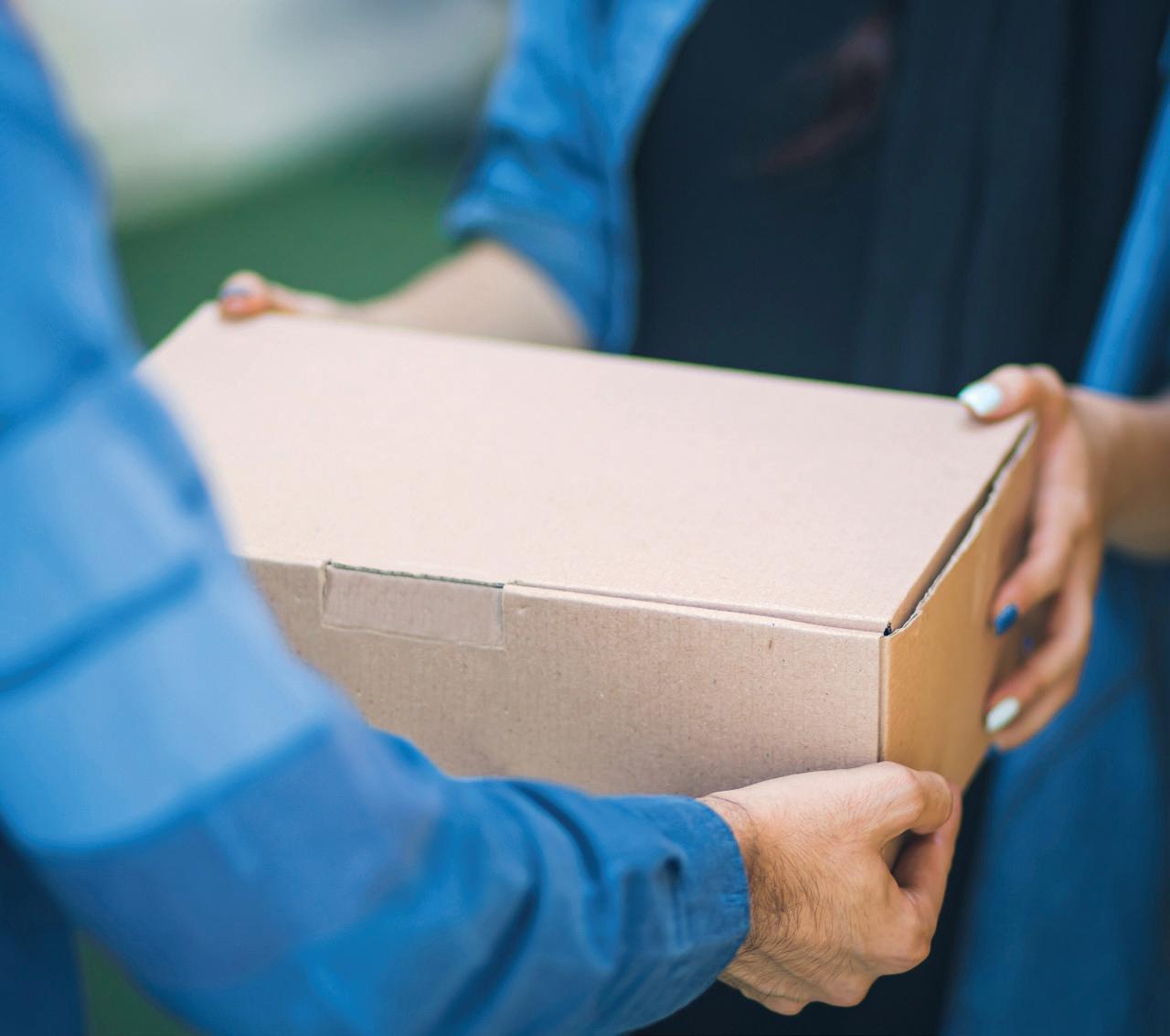
3 minute read
How to reduce your ecommerce carbon footprint
Recent years have seen an increasing focus placed on the importance of businesses reducing carbon footprint, at the same time as customers expecting faster, more reliable delivery. These two demands do not go hand in hand easily, leaving many retailers wondering how they can achieve both simultaneously.
Contributor: Holly Worthington The answer to achieving more environmentally friendly, yet faster delivery, lies within understanding your fulfilment processes and designing smart strategies to be more efficient. Self-fulfilment vs. outsourced fulfilment Whether you are a retailer that organises fulfilment yourself, or you outsource it to specialists, it can be worth taking the time to look at current processes and understand areas for improvement. After all, reducing your carbon footprint can help the environment, attract new customers and save money in many cases. If you are responsible for reducing your carbon footprint, it can be relatively straightforward to invest in new ways of working. If it’s a third party that deals with this, it can still be worth asking them questions and understanding any improvements they aim to make, explaining your customers’ demand for environmentally friendly fulfilment. Here’s where to start: 1. Understand current processes Before you are able to implement any changes, it’s vital to understand every process in your fulfilment strategy, considering all methods of transportation and the ways in which they work. This includes the places products come from and transportation to and from storage, as well as the method of delivery to a customer.
Advertisement
2. Could you improve efficiency? Now you have refreshed your knowledge of your fulfilment processes, are there any obvious ways that you could be more efficient? Yodel is one of the companies that has invested in ‘greener’ alternatives, using technology that calculates the most efficient delivery routes as well as understanding their drivers’ driving style. Doing this has enabled them to highlight areas for improvement, implementing changes to become more eco-friendy. Looking at the likes of wasted journeys and the routes taken by delivery drivers can work to highlight inefficient processes and the need to adapt these.
3. Vehicles What kind of vehicles deliver your products? Many companies are looking to phase out vehicles that release higher emissions and replace them with hybrid or electric alternatives. This can also be costeffective in the long term, but may require initial investment.
4. Reduce returns The rise of ecommerce coupled with people ordering multiple sizes of the same product with the plan to make the most of free returns has seen a culture develop that has a large
impact on the environment. Retailers are able to reduce the amount of returns by encouraging shoppers to order sensibly, as well as providing more in-depth information about sizing, highlighting any products that may be smaller than expected, for example. By informing consumers about the impact of their decisions and giving them as much information about a product as possible, the likelihood of returns is reduced dramatically.
5. Offer numerous delivery options Giving consumers numerous choices can help them to choose a more eco-friendly option. This could include delivering multiple products to an Amazon locker, to designated pick-up points, or giving customers the option to pick-up instore. As an example, a failed delivery due to a customer not being at home can result in a wasted journey. Giving customers the option to designate a safe place for their parcel to be left, or to change their delivery time can increase efficiency greatly if managed correctly. Bear in mind, not all delivery or collection options will be more ecofriendly, so this should be considered when making a decision.
6. Where are suppliers based? Using UK manufacturers can work to avoid unnecessary overseas travel at the same time as supporting the UK economy. In some cases, this may not be possible due to budgets and pre-existing supplier relationships, however many retailers are surprised to find that they can find costThese six processes will help you to reduce your carbon footprint in ecommerce, giving you the opportunity to analyse your current processes and research more environmentally friendly and costeffective methods of fulfilment.











